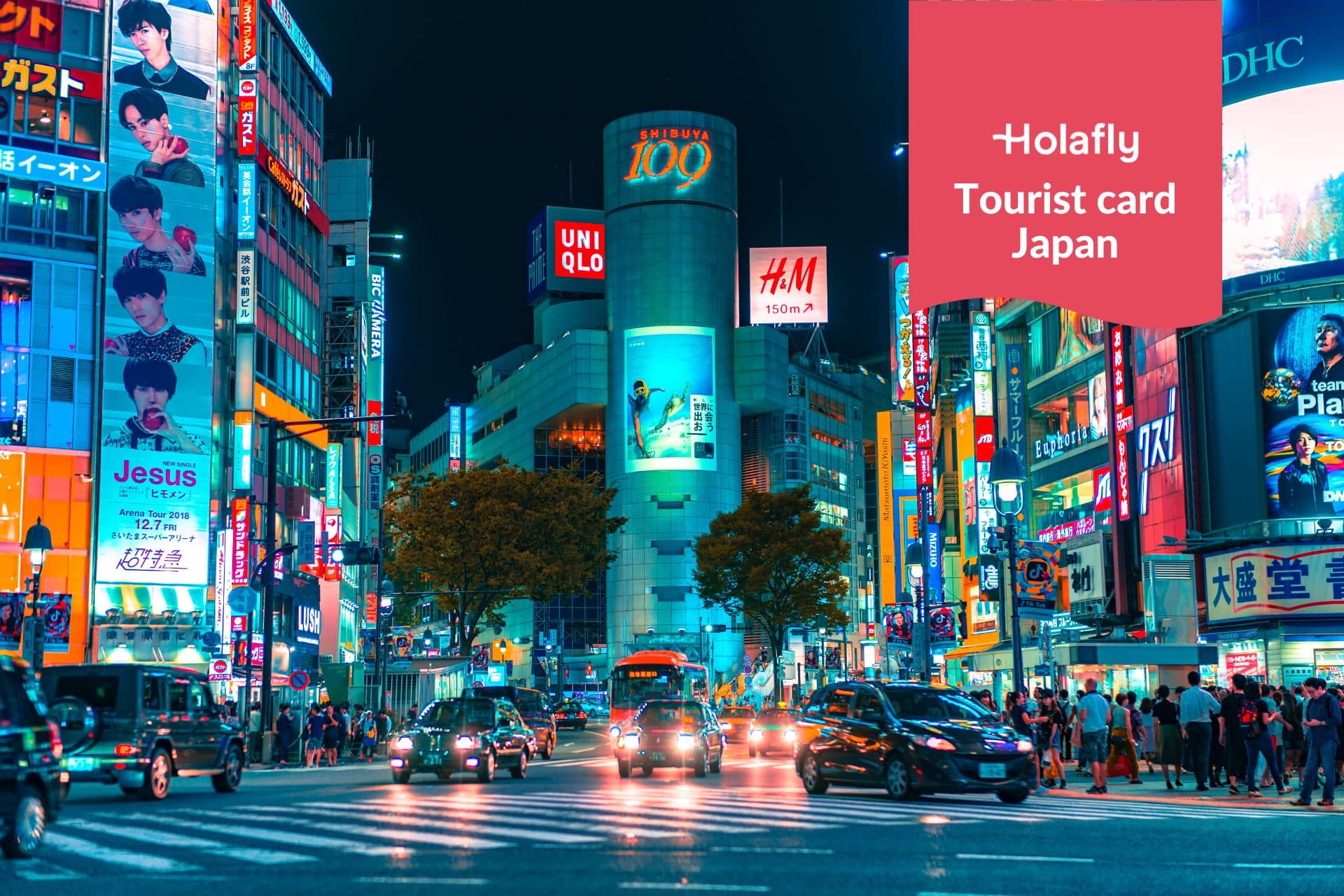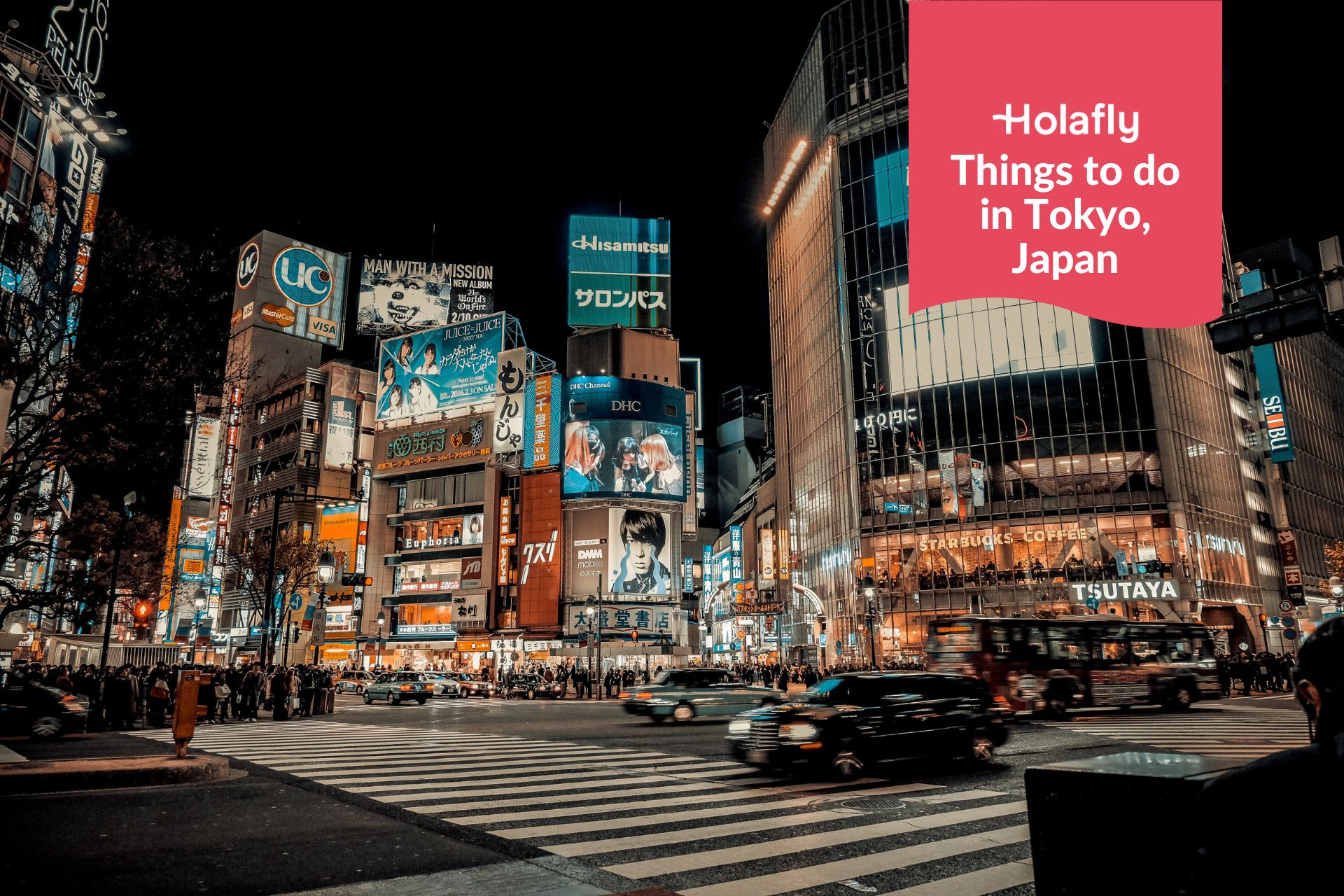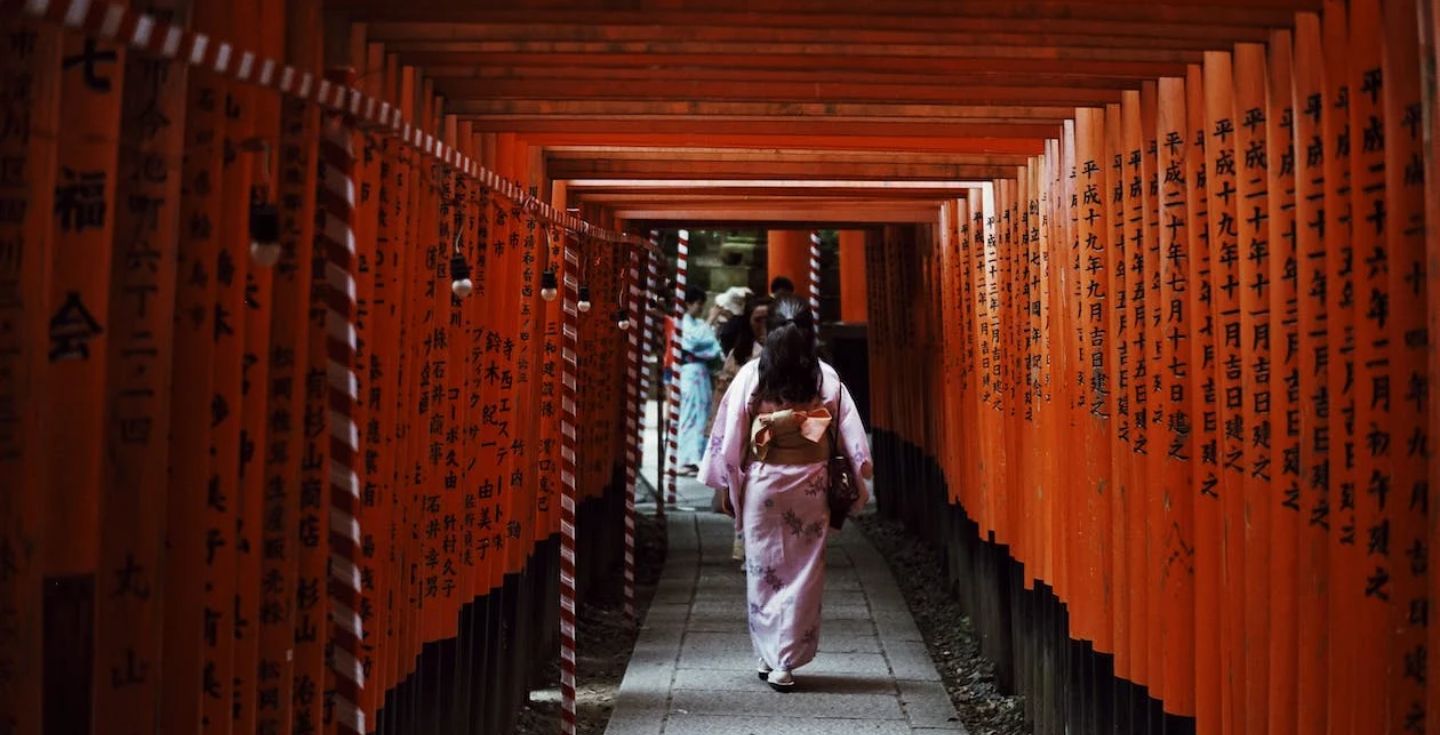Best time to visit Japan: Guide to seasons and events
Whether you want to witness the famous cherry blossoms in full bloom, experience its unique festivals, or go skiing, find out the best time to visit Japan so you can do what you enjoy.
There’s an endless array of activities to experience in Japan. From the vibrant nightlife of Shinjuku and skiing adventures in Hokkaido to the serene tea ceremonies in Kyoto, you’ll never run out of exciting additions to your itinerary.
And let’s not forget the breathtaking cherry blossoms (sakura) in full bloom — an iconic spectacle you definitely want to witness at least once in your lifetime.
The thing is, you won’t be able to do all of this at all times of the year.
Here’s a breakdown of the best times to visit Japan, depending on what you want to do and your travel style, to help you plan the perfect trip.
When is the best time to visit Japan
The best time of the year to visit Japan is either spring (March to May) — cherry blossom season — or fall (September to November).
Both seasons see mild temperatures averaging 50°F to 68°F (10°C to 20°C) — great for picnics, sightseeing, and other outdoor activities.
However, while the cherry blossoms are quite a sight, spring can get quite crowded. So if you’re looking for a great (but less crowded) vacation, then plan your Japan trip for fall.
The gold, crimson, and rust foliage makes for some great photos as well — especially in regions like Kyoto and Hokkaido.
Best time to visit Japan for cherry blossoms
Spring is typically the cherry blossom (sakura) season. However, the exact timings can vary by region — for example, Tokyo’s cherry blossoms reach full bloom about a week before Kyoto.
In fact, the Japan Meteorological Agency releases annual forecasts on when the blossoms are expected to appear in different regions.
Though not a hundred percent accurate, they can give you a general idea of what is the best time to visit Japan to see the cherry blossoms in full bloom.
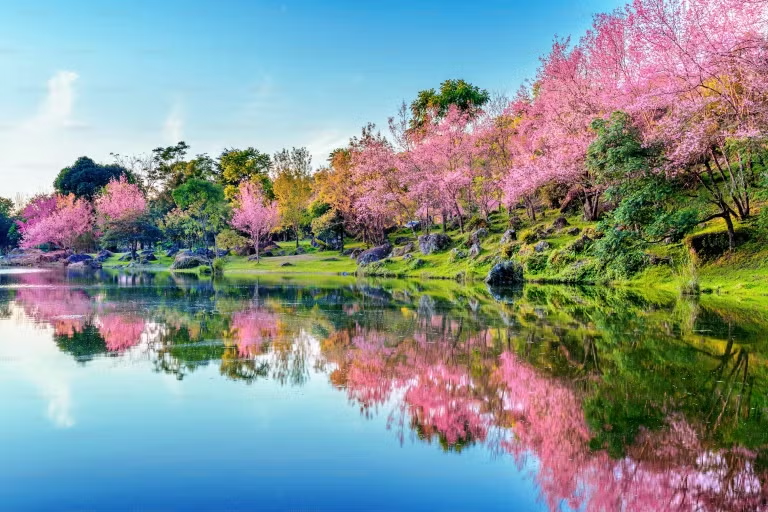
| Travel tip: When visiting Japan during cherry blossom season, see if you can attend one of the many ‘hanami’ (flower viewing) events — people typically gather in parks to enjoy the flowers. You’ll also find food stalls where you can enjoy sakura-flavored dishes. |
Best time to visit Japan for festivals
The good news is there’s a festival happening in some corner of Japan at least every other month — so you’re guaranteed a culturally rich experience no matter which one you attend.
Here are some of the more popular ones that you won’t want to miss:
| Festival | Date | Region | What’s special? |
|---|---|---|---|
| Obon | Mid-August (varies slightly by region) | Nationwide | Honors ancestors |
| Hanami | Late March to early April | Nationwide | Cherry blossom viewing |
| Tanabata (Star Festival) | July 7 / August 5–8 (Sendai) | Nationwide | Celebrates the meeting of two stars |
| Gion Matsuri | July (main events on July 17) | Kyoto | A purification ritual |
| Yuki Matsuri (Sapporo Snow Festival) | Early February | Sapporo | A winter festival |
| Yokote Kamakura Festival | Early February | Yokote | A traditional winter fest honoring the water deity |
| Hiroshima Lantern Festival (Toro Nagashi) | Early August | Hiroshima | Commemorates atomic bomb victims |
| Nebuta Matsuri | August 2 to August 7 | Aomori City | Celebrates samurai bravery |
| Takayama Matsuri | April 14–15 and October 9–10 | Takayama | Celebrates the harvest season |
| Sendai Tanabata Festival | August 6 to August 8 | Sendai | Celebrates a legend of star-crossed lovers |
You’ll typically see an increase in domestic tourism during this time, so make sure to book your stay in advance and get an IC card like Suica or Pasmo to avoid the long lines at the metro and station ticket counters.
And don’t forget to pack some slip-off shoes — they’ll come in handy when visiting shrines and other places where you might need to take off your footwear before entering.
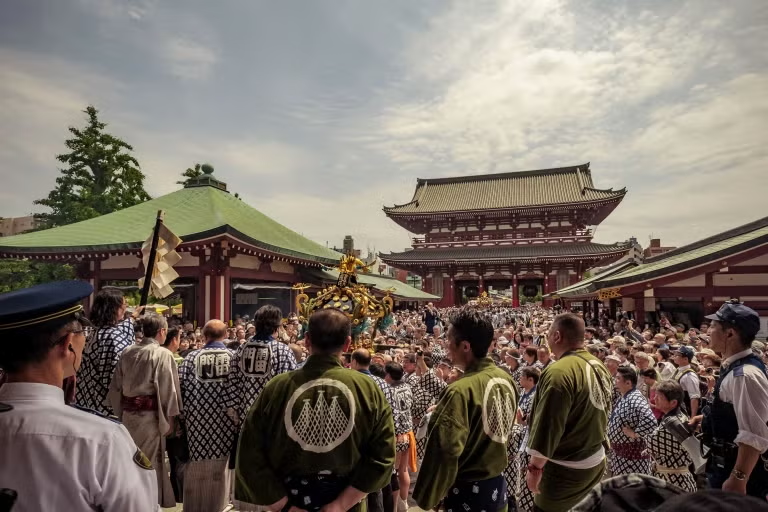
Best time to visit Japan for skiing and winter sports
When a country’s snow is so fine it has its own name (Japow), you know it’s great for skiing. Generally speaking mid-December to early-April has great snow conditions and is a good time to visit Japan for skiing.
Here’s a month-wise breakdown:
- December: Winter season begins with some regions in northern Japan (like Hokkaido) seeing good snowfall.
- January to mid-February: Called Japanuary, this is peak ski season with the driest, most powdery snow.
- Late February to mid-March: You have good snow conditions and milder temperatures — great for families with children and beginners.
- Mid-March to early April: The snow starts getting slushy but you can enjoy some good skiing sessions at higher altitudes — like Hakuba and Myoko Kogen in the Japanese Alps.
For those interested in night skiing, most resorts operate their night skiing hours from mid-December to late March. You can check your resort’s website for the specific dates and times.
And for off-piste (backcountry) skiing, plan your trip for late February to early March when the snowpack stabilizes.
Check weather forecasts for avalanche warnings and go as a group, when possible. If you’re traveling solo, consider hiring a guide for off-piste areas to be on the safer side.
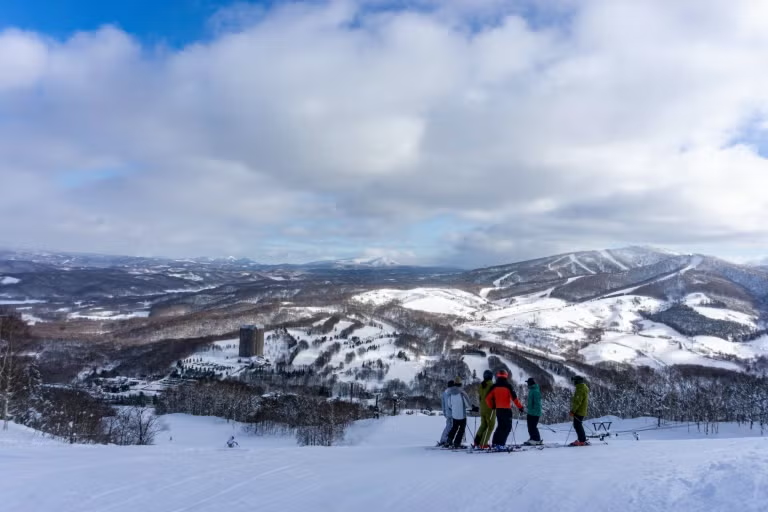
Best time to visit Japan to avoid crowds
If you’re not a fan of crowds, then the best time of year to visit Japan is outside the peak seasons — mid-January to early March (before the cherry blossom season) or mid-May to early July (after the Golden Week, a collection of four national holidays, and before the summer vacations).
Late September is also a good time to visit, especially if you’d like to catch some of the early fall foliage before the crowds pour in.
Here are some tips for making the most of Japan’s FOMO experiences with fewer crowds:
- Cherry blossom viewing: Go between early March (before peak bloom) or late April to early May (after peak bloom).
- Skiing: Go between mid-January to early February, after the New Year holidays.
- Hiking: Go from late September to early November as school vacations are over.
- Onsen (hot spring) visits: Go during winter or rainy season (June to mid-July).
If you’re planning a short trip — only visiting Tokyo and Kyoto — and a large part of your itinerary is indoors, then go during the rainy season as crowds tend to be fewer.
Plus, it’s hydrangea season, which is just as beautiful as the cherry blossoms when in full bloom.
Best time to visit Japan for budget travel
The cheapest months to visit Japan are mid-January to February — it’s just after the New Year holidays and the cold weather discourages most tourists, making it off-season in most parts of Japan including Kyoto and Tokyo. So you can expect some good deals on hotels and even airline fares.
Shoulder seasons — March to early April and mid-September to October — are also good times to visit.
You can find great accommodations at lower prices (especially if you book early) and you’ll mostly avoid the typhoon season (which peaks in August and September) and the coldest winter months.
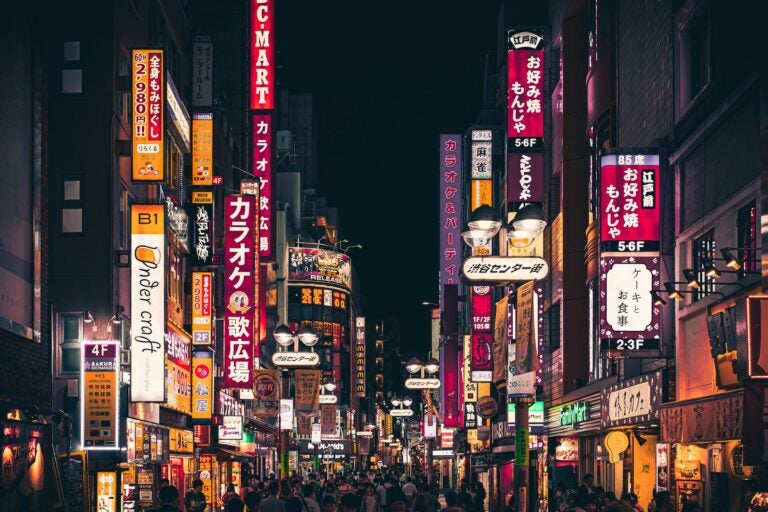
Another tip for budget-conscious travelers is getting an eSIM for Japan over traditional options like pocket WiFis and physical SIMs. They’re a lot more affordable and come with better benefits.
For example, Holafly’s eSIM gives you unlimited data in Japan for just $6.90 per day. The longer your plan, the lower the daily rate — so for a 14-day trip, it’ll go down to $3.42 per day.
Make the most of your Japan vacation with Holafly
Now that we’ve explored the best time of year to visit Japan for different itineraries, here are some final tips — prepare for language and cultural differences.
Download travel apps like Japan Transit Planner (for subway and bus timetables), and the Japan Official Travel App (for navigation and overall travel guidance).
Consider learning some basic phrases in Japanese and keeping a translation app handy — especially if you plan to explore remote areas.
And don’t forget to get yourself an eSIM from Holafly so you can travel across the country without worrying about roaming charges, slow internet speeds, or patchy public WiFi.





 Language
Language 


















 No results found
No results found




